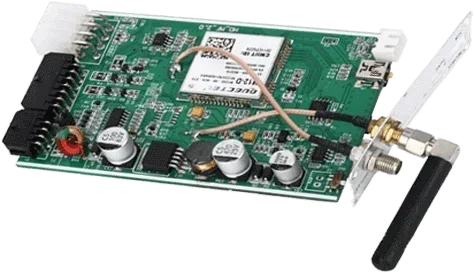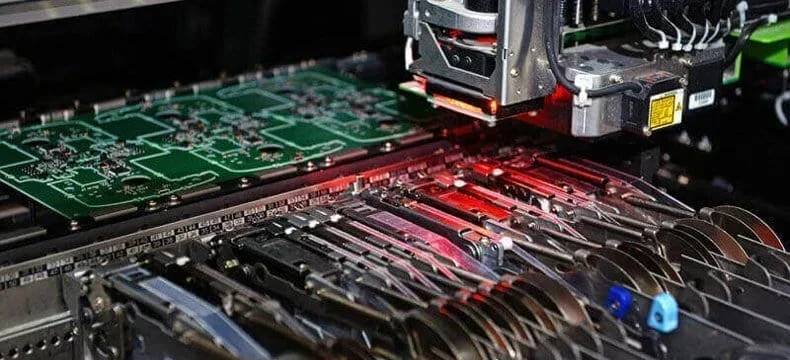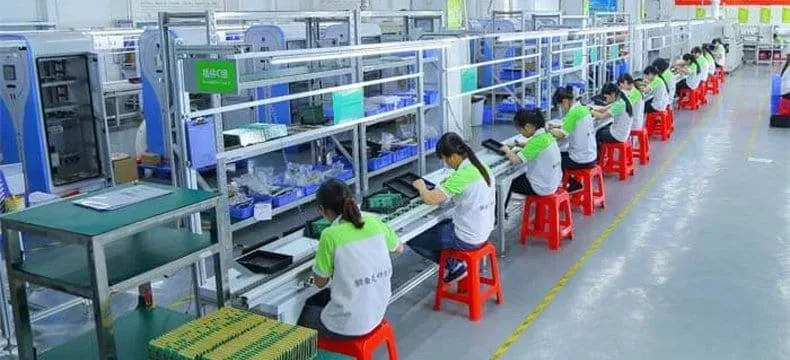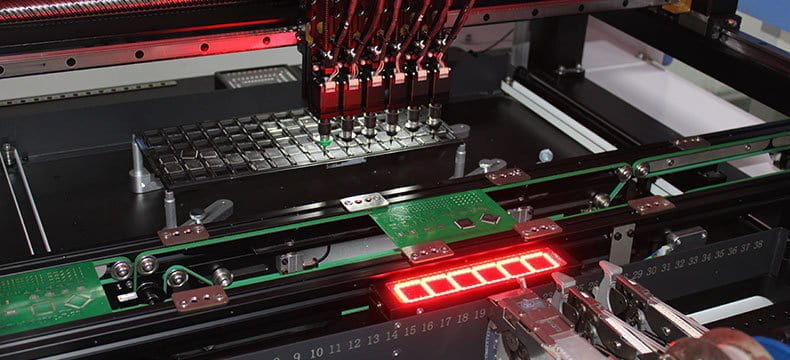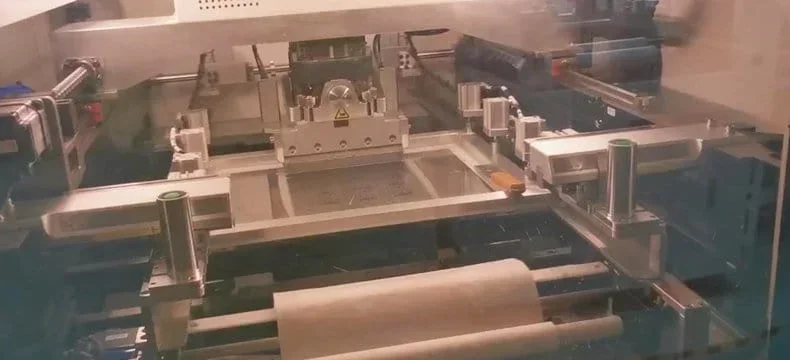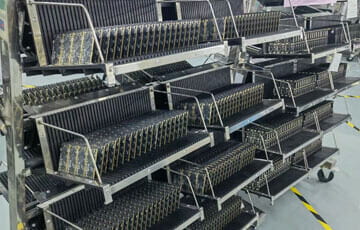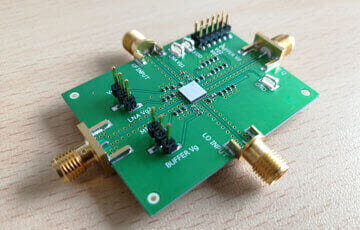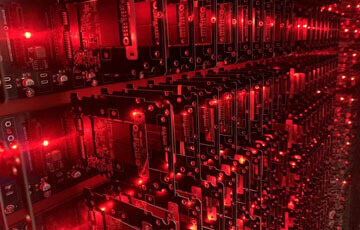Advantages of the PCB Assembly Manufacturer PCBONLINE
 MATERIALS
MATERIALS PCBONLINE's SMT and THT PCBA factory has in-stock passive components. Its SMT assembly has a 0.35mm finest pitch with 01005 minimum SMD.
 EQUIPMENT
EQUIPMENT PCBONLINE's PCB assembly factory is ISO 8 cleanroom, fully equipped, proving IPC-A-610 Class 2/3 PTH and SMT PCB assembly.
 TEAM
TEAM The professionals at PCBONLINE provide one-stop SMT and PTH PCB assembly and offer one-on-one engineering support throughout the project.
 QUALITY
QUALITY PCBONLINE has set up the quality management system certified RoHS, IPC-600, IPC-610, ISO, IATF, and REACH for PTH and SMT PCB assembly.
 CUSTOM
CUSTOM PCBONLINE provides SMT and PTH PCB assembly on your demand. Low-temperature (220°C) reflow and lead-free reflow (255°C) are available.
 TRANSPORT
TRANSPORT PCBONLINE has a collaboration with FedEx. It takes 3 to 4 days to deliver the PCB assemblies in the US by air.
SMT vs PTH vs SMD
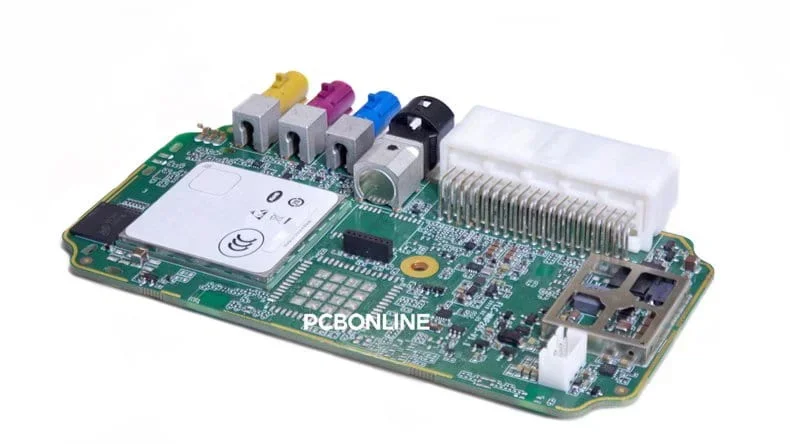
SMT and PTH are two PCB assembly technologies to mount electronic components on a printed circuit board to make it a PCBA.
SMT assembly: SMT stands for surface mount PCB technology. SMT assembly is automatic and versatile PCB assembly technology. It picks and places components on the PCB pads and reflows to make permanent joints.
PTH assembly: PTH or THT stans for through-hole assembly technology. PTH assembly is half-automatic. It inserts the PTH component's pin through the pre-drilled PCB holes and wave solders the hole walls and PTH component pins.
SMD: SMDs stand for surface-mount devices. Compared with PTH components, an SMD reduces by about 70% in size and weight. In SMT PCB assembly, SMDs are placed and soldered to be mounted on the PCB surface.
In the PCB assembly process, SMT assembly happens before the THT assembly.
SMT PCB assembly is precise and efficient. As electronic products are getting smaller with a higher density, SMT assembly is the mainstream. While PTH assembly is economic for low-volume PCB assembly.
SMT PCB Assembly

SMT PCB assembly is also known as PCB SMT assembly, SMD PCB assembly, and surface-mount PCB assembly.
An SMT assembly line is automatic, including a loader, solder paste printing machine, SPI (solder paste inspection) machine, high-speed and functional mounting machines with feeders, reflow oven, and AOI (automatic optical inspection).
The SMT PCB assembly process is:
Step 1. Solder paste printing. A loader sends a PCB into the solder paste printing machine, where an SMT stencil is set up. A scraper presses the solder paste to pass the holes of the SMT stencil and print on the PCB pads.Step 2. SPI. The PCB printed with solder paste passes the SPI machine, which quickly scans the solder paste and compares the thickness, position, and size of the solder paste with the set-up parameters. It ensures solderability.Step 3. Placing SMDs. The PCB with solder paste goes into a mounting machine, where a feeder sends SMDs to a position, and the nozzles of the mounter move to pick and place the SMD to a designated PCB pad one by one. The high-speed mounter picks and places SMDs with small footprints, such as resistors and inductors, while the functional mounter picks and places SMDs with larger footprints, such as connectors and ICs.Step 4. Reflow soldering. The PCBA enters a reflow oven, where it is preheated and baked. The reflow temperatures change according to the reflow profile. The solder paste melts to release the flux, which activates to facilitate the soldering. At the peak of reflow soldering, the PCB pads, solder paste, and SMD pins form metallic compounds, which marks the success of soldering. After that, the temperature goes down. The PCBA cools down and forms permanent joints.Step 5. AOI. The PCBA passes the AOI machine, which scans the entire surfaces of the PCBA and compares it with the reference. The AOI ensures almost all surface defects are identified and rectified, including soder bridges, voids, tombstones, etc.
The one-stop PCB assembly manufacturer PCBONLINE has 8 SMT PCB assembly lines equipped with solder paste printing machines, high-speed and functional mounters, lead-free reflow ovens, and AOI machines.
Besides, PCBONLINE provides nitrogen-reflow and x-ray inspection. For high-quality and low-cost SMD PCB assembly, contact PCBONLINE at info@pcbonline.com.
PTH PCB Assembly
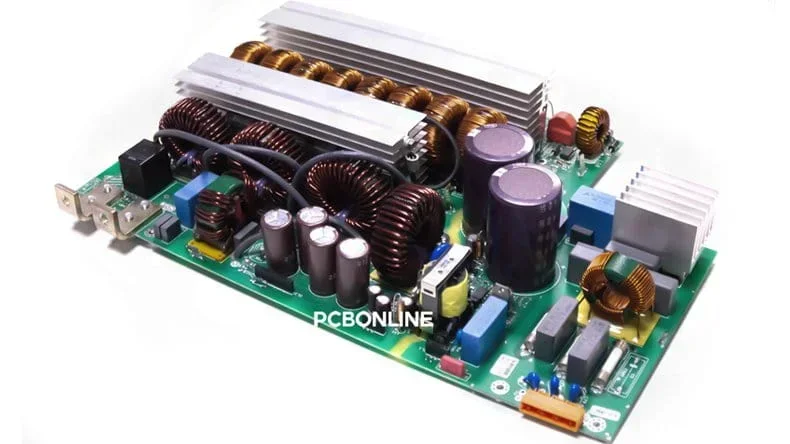
PTH PCB assembly is a through-hole assembly. PTH assembly has a strong bonding strength as the PTH components are tightly plugged in or inserted and wave soldered.
The PTH assembly includes 2 steps: the PTH component pins inserting through the PCB holes, and wave soldering.
Wave soldering requires a jig to protect the PCBA from unwanted touch with the tin waves.
In wave soldering, the PCBA placed in a jig is preheated and goes into a wave soldering oven, where the PTH holes are immersed in tin waves. When the PCBA leaves the oven, it cools down, and the PTH components and PCB hole walls are soldered.
Besides wave soldeirng, the PTH PCB assembly manufacturer PCBONLINE provides the alternative, selective soldering, which prevents thermal shock of the PTH PCB.
What's more, there are DIP (dual-in-line package) components that need PIH (paste-in-hole) assembly. The process is silkscreen printing the solder paste onto the PCB through holes, plugging the components into the solder paste, and then reflow soldering.
SMT and PTH PCB Assembly Capabilities
Applications of SMT and PTH PCB assembly:
SMT PCB assembly can be used for precision instruments and medical electronicsPTH PCB assembly can be used for high-power applications such as industrial inverterscomputing, communication, and consumer electronicsaerospace, automotive, aerospace, and industrial electronics
GET A FREE QUOTE
PCB and PCBA Certifications






Contact Our Expert Team Now

Learn about our products


Get customized services

